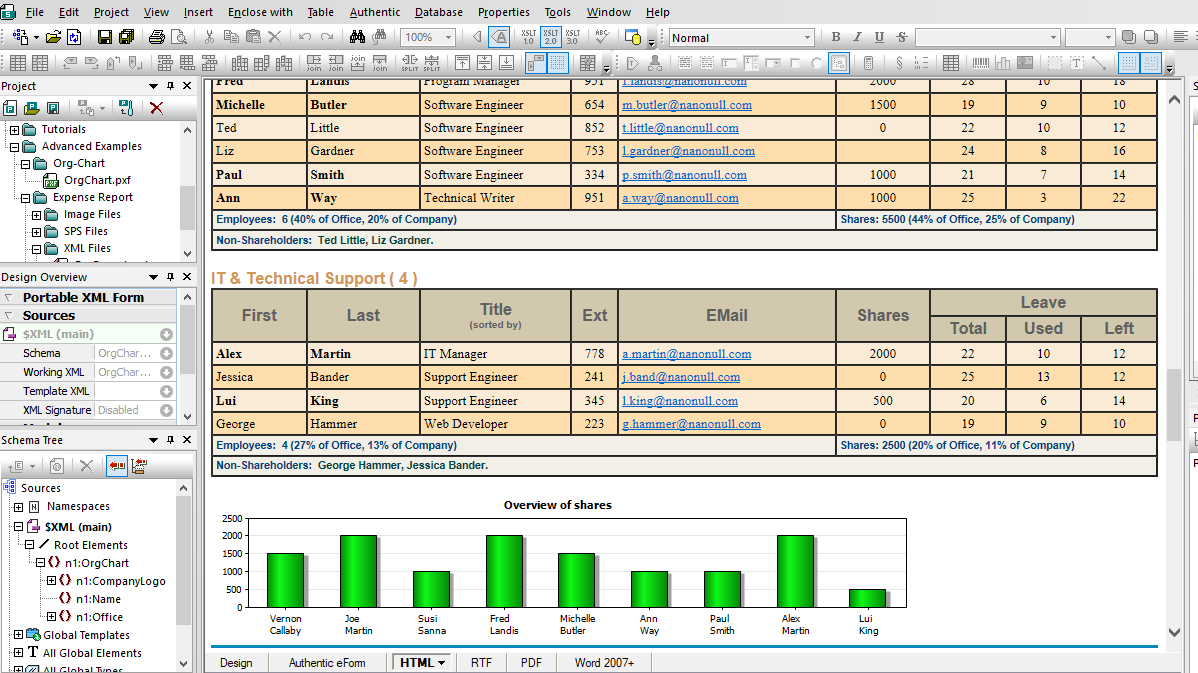

The Portable Document Format (PDF) is a file format used to present documents in a manner independent of application software, hardware, and operating systems. The design goals of XML emphasize simplicity, generality, and usability across the Internet. In computing, Extensible Markup Language (XML) is a markup language that defines a set of rules for encoding documents in a format that is both human-readable and machine-readable. HTML, on the other hand, doesn't care much about this aspect.Application/pdf, application/x-pdf, application/x-bzpdf, application/x-gzpdf In XML the syntax is of great importance. XML tags are necessarily closed, whereas in HTML an open tag can also work quite well Ĩ. White space in XML is used for a specific purpose, as it considers all characters in HTML, but can ignore white space instead ħ.

In contrast, in HTML, small errors can be neglected Ħ. XML does not allow any errors in the code. The HTML was designed with an emphasis on the presentation characteristics of the data. When it comes to language, HTML is case insensitive. XML provides the logical structure of the document, while the HTML structure is predefined, using heads and body tags ģ. On the other hand, HTML is a predefined marketing language and has limited capacity Ģ. XML is a text-based markup language that has a self-describing structure and can effectively define another markup language. For example, to make text bold, tags are used at the beginning and at the end.Īnd what are the differences between XML and HTML? To make clear what distinguishes one from the other, here we list the main differences between XML and HTML:ġ. The tags are usually twice: initial tag and final tag. These elements are made up of the tags that define the format of a text. In other words, browsers read the document in HTML format and process it on the screen by examining the HTML elements inserted in the document, which is considered a text file with the information to be published.įor this reason, we can generate an HTML file using Notepad on our computer, for example.īuilt-in instructions are known as elements that show the structure and presentation of the document in the browser. Therefore, the format commands used in web content refer to its structure and the design that will be displayed in the browser. What is HTML? HTML (Hypertext Markup Language) is the document markup language for building web pages. So much so that there are systems intended to aid in the definition of XML-based languages, as well as APIs that aid in the processing of XML data - not to be confused with HTML. XML design focuses on simplicity, generality, and ease of use, and is therefore used for various web services. The body part is made up of two parts: structural and content (present in simple texts). The prolog part consists of administrative metadata such as XML declaration, optional processing instruction, document type declaration and comments. The XML language provides a platform to define elements to create a format and generate a custom language.Īn XML file is divided into two parts: prolog and body. Markup language is a set of codes that can be applied in data analysis or reading texts created by computers or people. Do you find it complicated? So, let's simplify it. What is XML? XML is an acronym for Extensible Markup Language, that is, it is a markup language that defines a set of rules for encoding documents. The design, images, text and other elements that compose it are part of a reading set that the machines interpret to show your clients the site as it is. This acronym stands for Extensible Markup Language, which is a markup language that defines a set of rules for encoding documents.īy creating your website or blog, you are creating your digital media representation of your business. XML: what is it and what is this markup language for? Behind the design and text of the websites, there is always a language of its own and one of them is XML.


 0 kommentar(er)
0 kommentar(er)
